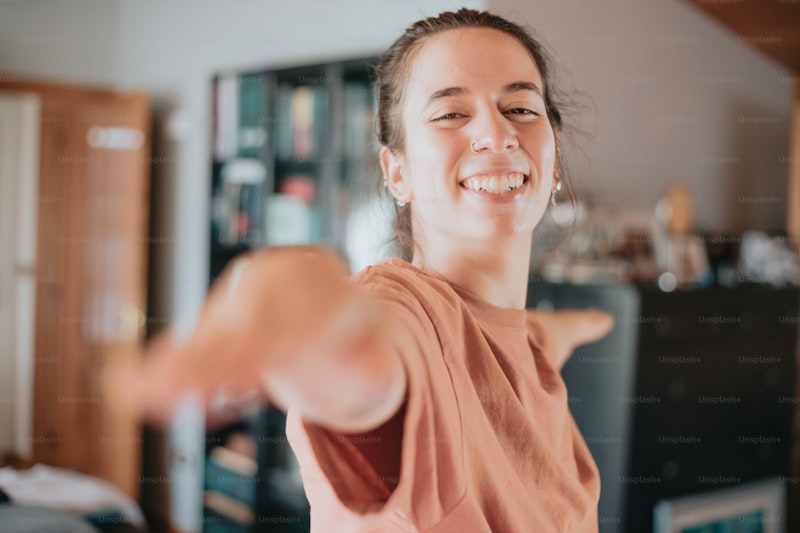Are you wondering what all the fuss is about fascia? Not really sure what the latest research means for yoga? You are not definitely alone as we all get our heads around the implications of what science is discovering about this truly incredible piece of biology.
The Rise of Fascial Fortune
Historically, fascia was thought to be a passive connective tissue that really only provided attachments for muscles and general support for tissues. It was thought to be isolated to certain parts of the body and named accordingly. So when I trained as a physiotherapist, we learnt about the plantar fascia that helps to support the arches of the foot and the thoracolumbar fascia that wrapped around the back muscles. That was all. Fast forward a couple of decades and fascia has become widely recognised as an organ in it’s own right.
Extensive research has shown that it is a dynamic, all enveloping and highly active framework that connects every organ, muscle, tendon, ligament, nerve and blood vessel in the body. It has many vital functions including communication, support and contraction. What we are learning about fascia is helping to explain things like the mysteries of acupuncture and how it may contribute to the long-term pain experienced by some back pain sufferers.
Fascinating Fascia
Fascia is a connective tissue. It is a specific type of connective tissue called dense irregular connective tissue — in other words, it is made up of lots of cells and fibres tightly packed in a random arrangement all surrounded by a gel called ground substance. Imagine a bucket with lots of buttons and pieces of string all stirred up in some wallpaper paste and that is pretty much what fascia looks like under a microscope. The buttons are cells, the strings are the various fibres and the paste is the ground substance.
Fascia is a very clever type of tissue that has viscoelastic properties. This means that it is sometimes viscous, like honey, and other times stretchy, like elastic:
- When viscous, it helps lubricates our movement, allowing structures to glide over each other.
- When elastic, it supports organs and helps to protect them from overstretch.
Fascia also contains cells that are like muscle fibres, giving it the ability to contract and relax a bit like a muscle.
Fascia is also full of nerve sensory endings, all constantly communicating with the brain and contributing to our sense of where our body is in space; a process called proprioception. Loads of nerve endings that can generate pain have also been discovered in fascia and work that has been done with low back pain patients reveals that fascia could be contributing to the longterm pain that some of these patients experience.
Healthy fascia is sliding, gliding, stretching, contracting in response to body movement and communicating all at the same time. Really not the passive thing we thought it was, then.
Where is Fascia Found?
Fascia is everywhere! It includes the capsules that hold our joints together; the ligaments that prevent excessive joint movement; the coverings of our muscle fibres, the bundles of fibres and the whole muscle itself (called the endomysium, perimysium and epimysium). Fascia blends with our tendons and is found around every organ and structure in the body linking everything in a continuous network throughout the body.
Many muscles attach to fascia and we now know that they actually transmit most of their contracting force to that fascia rather than their traditional bony attachments. In the case of the main buttock muscle (gluteus maximus), 85% of its force goes to fascia. Science has also shown us that as much as 50% of a muscles force can be transmitted to surrounding muscles via its fascia. This transmission of force can be to muscles that work at the same time (synergists) or those that need to relax to allow the movement (antagonists). Hence, the fascia creates changes in tissue tension that can spread well away from where the action starts.
The fascial network has also been found to be laid out in a similar way to the traditional Chinese acupuncture meridians with many acupuncture points lining up with areas of the body with lots of fascia. Acupuncture has been shown to directly affect the tissues they are put into and researchers are now thinking that they are potentially influencing the whole fascial network which could explain how acupuncture works.
What Yoga Teachers Need to Know About Fascia
As yoga teachers we are influencing fascia all the time. Every āsāna we teach will be tensioning and stretching fascial connections throughout the body. Our transitions from pose to pose as we flow through practice are encouraging the slide and glide of the fascia across the other structures of the body. Where this fascial sliding has become reduced through injury or lifestyle influences like prolonged sitting, yoga helps to regain the movement. If the loss of movement is causing pain through all those sensory nerve endings, then regaining the movement has real potential to get rid of pain. Certainly, clinical practice and research agree that chronic back pain really benefits from yoga.
Because many yoga poses challenge the fascia in arms, legs and the trunk all at the same time, we are encouraging movement through the whole network rather than only in one part as more traditional stretches do. I am using yoga more and more with my patients and finding it so much more effective at increasing flexibility than the old muscle stretches I used before because asana targets the fascia not just the muscle and tendons.
See Also: Yoga’s So Good For Back Pain, It Should Be Prescribed!
The Way Forwards
I have a feeling that we are going to hear more and more about fascia as science keeps discovering it’s incredible secrets. Almost like the missing piece in a jigsaw, fascia is central to how the body functions. Yoga is a great way to influence this incredible system for injury prevention and cure.
Fascia has become the rising star of anatomy, rising from obscurity to fame like a phoenix from the fire. Understand fascia and you will have the knowledge to help your students get the best from their bodies. Fascia is the way forwards — embrace it and I think you’ll come to love it like I have.













